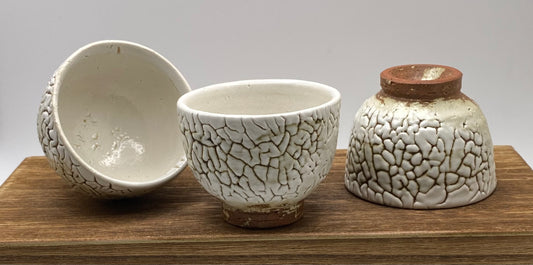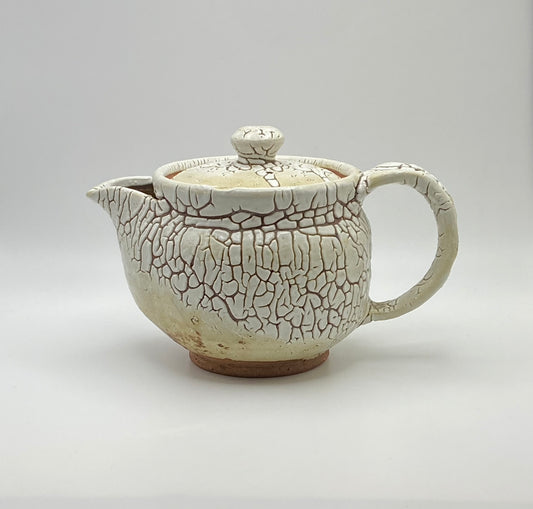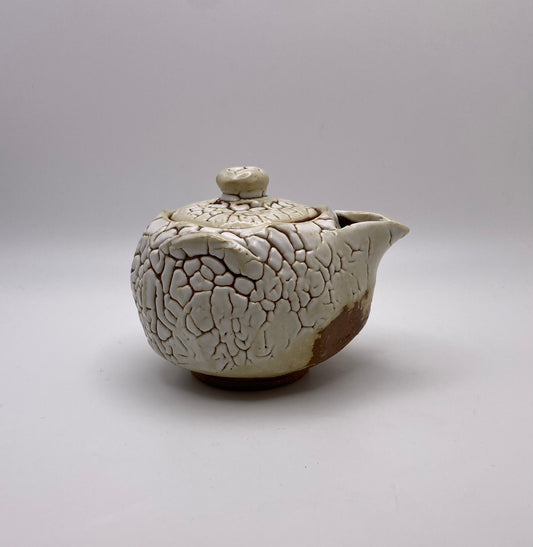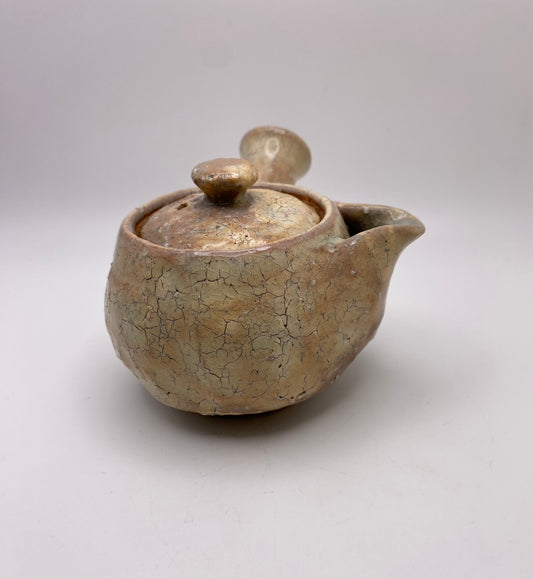Collection: Hagi Ware
"Raku first, Hagi second and Karatsu third" is a Japanese expression used to refer to ceremonial teaware. Teaware with earthy, distinguishing characteristics is most valued and preferred for use during Japanese tea ceremonies.
To tell the history of Japanese Hagi ware, one must first understand how it was created using Korean ceramic masters. Korean craftsmen have been creating sophisticated pottery dating back to 5,000 BC. Throughout history, the Korean peninsula had seen long periods of stability that allowed artistry and creativity to flourish. In 1592, Japan invaded the Korean Peninsula and abducted a number of Korean teaware craftsmen. A number of them were sent to Matsumoto, Japan (now known as Hagi), located in the Yamaguchi Prefecture on the Japan Sea. This is where Hagi teaware ("Hagi-yaki") originated. New types of teaware originated in other areas of Japan, as well, including Satsuma ware and Arita ware.
In Hagi, local feudal lord Mori Terumoto appointed potters to create teaware starting in 1604. The demand for pottery steadily increased and new kilns were built in the area to keep up with production. After the Japanese revolution and end of the Edo period in 1868, the potters were dismissed and started their own independent businesses, which continued to produce teaware after the Edo era.
Sometimes the potter makes a deliberate notch or chip on the bottom of the teaware. This has been done since the Edo period as a way to distinguish the pottery made to sell to merchants from the pottery made to give as gifts.
Each piece of Hagi ware is one of a kind and will be an instant favorite in your teaware collection.









